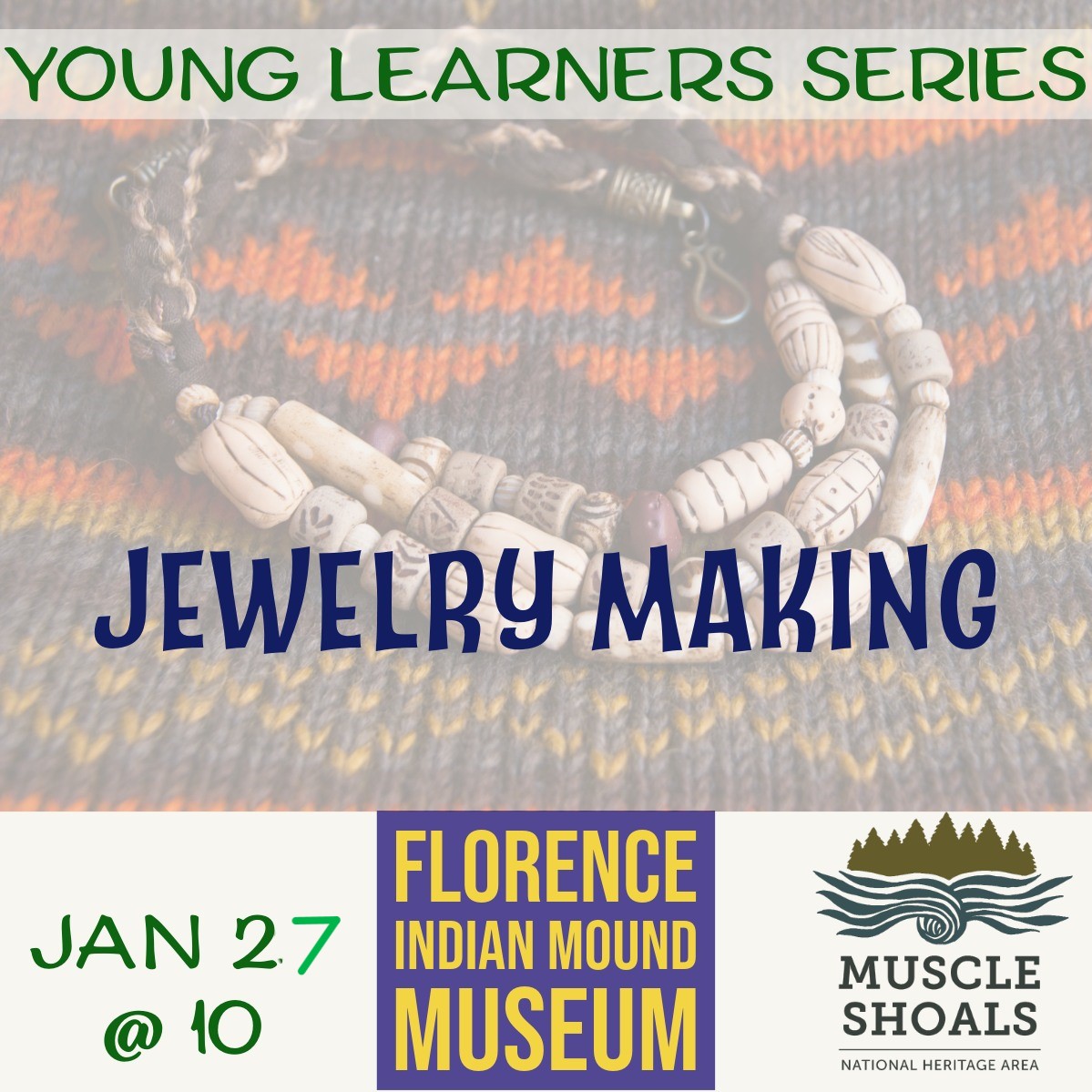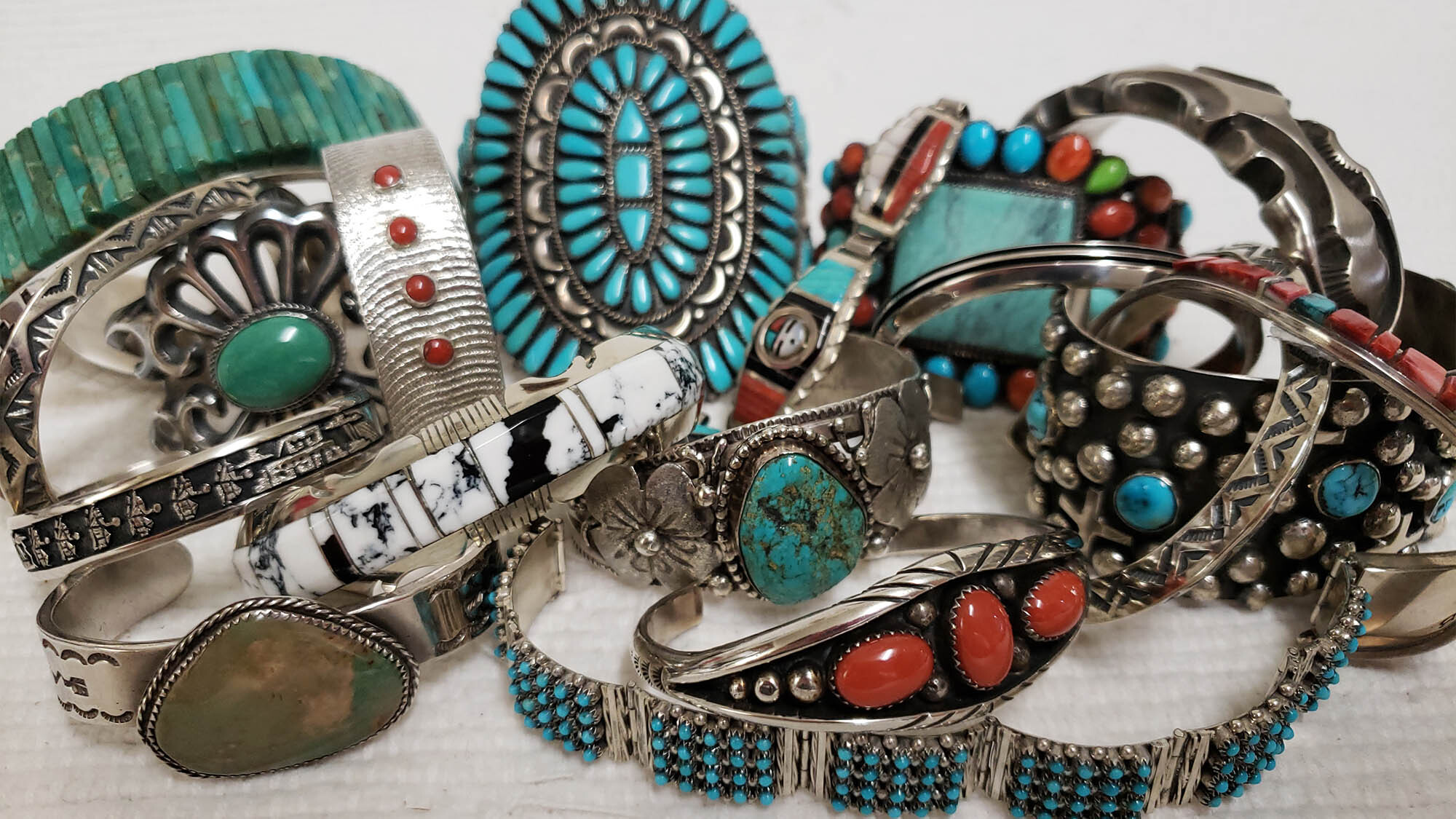
The Pedagogy and Cultural Significance of Native American Jewelry Making Classes
Native American jewelry is not merely an adornment; it is a profound expression of cultural identity, spiritual belief, and a deep connection to the land. Rooted in millennia of tradition, these artistic creations embody complex narratives, historical memory, and the enduring resilience of Indigenous peoples across North America. Native American jewelry making classes, therefore, transcend mere craft instruction; they serve as vital educational conduits for transmitting ancestral knowledge, preserving artistic heritage, and fostering cultural understanding in a contemporary context. This article delves into the multifaceted nature of these classes, exploring their historical underpinnings, pedagogical approaches, core techniques, and the significant cultural implications of engaging with this venerable art form.
Historical and Cultural Context
The origins of Native American jewelry predate European contact, with early forms utilizing natural materials such as shells, bone, wood, seeds, and various stones like turquoise and jet. The introduction of silver by Spanish colonizers in the 16th century, and later by Mexican silversmiths, revolutionized jewelry making among tribes, particularly the Navajo (Diné), Zuni, and Hopi in the American Southwest. These tribes, known for their masterful silversmithing, adapted and innovated, transforming foreign materials into uniquely Indigenous art forms imbued with deep spiritual and cultural significance.
For many Native American cultures, jewelry serves multiple purposes beyond aesthetics. It can denote social status, tribal affiliation, ceremonial roles, and individual achievements. Materials themselves often carry symbolic weight: turquoise, for instance, is considered a sacred stone by many Southwestern tribes, associated with sky, water, protection, and good fortune. Designs frequently incorporate elements inspired by nature—animals, celestial bodies, geological formations—or abstract patterns representing spiritual concepts and tribal stories. Learning to make such jewelry is thus an immersive experience in understanding a worldview intrinsically linked to art.

Pedagogical Approaches and Curriculum Structure
Native American jewelry making classes typically employ a hands-on, experiential learning model, often led by master artisans who are themselves inheritors of specific tribal traditions. This direct lineage from teacher to student is crucial, as it ensures the accurate transmission of techniques, aesthetic principles, and cultural context. The curriculum is generally structured to cater to various skill levels, from beginner to advanced, covering fundamental concepts before progressing to more intricate designs and specialized techniques.
Beginner Classes often focus on safety protocols, tool identification and usage, and basic metalsmithing principles. Students might start by learning to saw, file, sand, and polish metal, often sterling silver. Initial projects commonly include simple rings, pendants, or earrings, allowing students to familiarize themselves with soldering, annealing (heating metal to make it more malleable), and basic stamping. Emphasis is placed on precision, patience, and developing a tactile understanding of the materials.
Intermediate and Advanced Classes delve into more complex processes and traditional tribal styles. This can include:
- Lapidary: The art of cutting, shaping, and polishing stones. Students learn to select appropriate rough stones, use cutting wheels, grinders, and polishing compounds to create cabochons (domed, polished stones) or intricate inlay pieces.
- Stone Setting: Mastering the creation of bezels (metal frames that hold stones) and securely setting cabochons, often with an emphasis on fitting unique, irregular turquoise pieces.
- Overlay and Inlay Techniques:
- Hopi Overlay: A distinctive technique where two layers of silver are used. The top layer is sawn with a design, and then oxidized in the recessed areas to create contrast, before being soldered onto a solid backplate.
- Zuni Inlay (Mosaic Inlay): Intricate work involving cutting multiple small pieces of shell, turquoise, coral, jet, and other stones to fit together precisely, often creating mosaic-like pictorial designs within a silver setting.

- Tufa Casting and Sand Casting: Ancient casting methods, particularly prominent among the Navajo. Tufa casting involves carving a design into a block of tufa stone (a porous volcanic rock) and pouring molten silver into the mold. Sand casting utilizes fine sand for mold creation. These methods produce unique textures and often larger, more substantial pieces.
- Repoussé and Chasing: Techniques for creating raised and recessed designs on metal surfaces using hammers and specialized tools.
- Traditional Beadwork and Quillwork: While silverwork is dominant in many classes, some institutions offer instruction in the older traditions of beadwork (using glass beads, often on buckskin or loom) and quillwork (flattened porcupine quills woven or sewn onto materials), which are prevalent among Plains and Northeastern tribes, among others.
Throughout these courses, instructors often weave in discussions about the cultural significance of specific designs, materials, and techniques, thereby providing a holistic educational experience that extends beyond mere technical proficiency.
Core Techniques and Materials
The materials and techniques employed in Native American jewelry making are central to its identity.
Metals: Sterling silver is the predominant metal used in contemporary Southwestern jewelry. Its malleability, luster, and relative affordability have made it an ideal medium. Copper and occasionally gold are also utilized, sometimes in combination with silver for accentuation.
Stones: Turquoise stands as the quintessential stone of Native American jewelry, revered for its natural beauty and spiritual properties. Its color ranges from sky blue to green, often with a matrix (the host rock visible as veins or patterns) that adds character. Other commonly used stones and organic materials include:
- Jet: A dense, black fossilized wood, often used for contrast or in inlay work.
- Coral: Red or orange coral, often sourced from the Mediterranean, has been traded and incorporated into Southwestern jewelry for centuries.
- Mother-of-Pearl and Abalone: Iridescent shells that add a luminous quality, frequently used in inlay work.
- Sugilite, Lapis Lazuli, Onyx, Gaspeite: Other semi-precious stones that have found their way into Native American jewelry designs.
Tools: A typical jewelry workshop contains an array of specialized tools:
- Jeweler’s Saw: For cutting precise shapes from sheet metal.
- Files and Abrasives: For shaping and smoothing metal.
- Torches: For annealing, soldering, and casting.
- Hammers and Anvils: For shaping, texturing, and forging metal.
- Stamps and Dies: For creating decorative patterns and textures on silver.
- Setting Tools: For securing stones in bezels.
- Polishing Motors and Compounds: For achieving a high-luster finish.
- Lapidary Equipment: Diamond saws, grinders, and polishers for working with stones.
Benefits and Outcomes of Participation
Engaging in Native American jewelry making classes offers a wealth of benefits, both tangible and intangible:
- Skill Acquisition: Participants develop practical metalsmithing and lapidary skills, learning to manipulate materials and create finished pieces of jewelry.
- Cultural Appreciation and Preservation: These classes provide a unique window into Native American cultures, fostering a deeper understanding and respect for Indigenous artistic traditions, philosophies, and histories. By learning the techniques, students contribute to the preservation of an art form that has faced historical threats of appropriation and decline.
- Mindfulness and Therapeutic Value: The meticulous nature of jewelry making requires focus, patience, and attention to detail, offering a meditative and calming experience. The creative process itself can be therapeutic, providing a sense of accomplishment and self-expression.
- Connection to Heritage: For Native American students, these classes offer a powerful means of reconnecting with their ancestral heritage, strengthening cultural identity, and ensuring the continuity of tribal arts.
- Economic Empowerment: For some, mastering these skills can open avenues for entrepreneurship, allowing them to create and sell authentic Native American jewelry, thereby supporting themselves and their communities.
Locating Educational Opportunities
Native American jewelry making classes are offered through various institutions:
- Tribal Colleges and Universities: Institutions like Diné College (Navajo Nation) or the Institute of American Indian Arts (IAIA) in Santa Fe, New Mexico, are premier locations, offering comprehensive programs taught by highly respected Native artists.
- Native American Cultural Centers and Museums: Many cultural centers and museums associated with specific tribes or broader Indigenous art often host workshops and classes.
- Art Schools and Community Colleges: Some mainstream art schools or community colleges, particularly in regions with significant Native American populations (e.g., the Southwest), may offer courses in traditional jewelry making.
- Private Studios and Workshops: Individual Native American artists sometimes offer private or small-group workshops, providing an intimate and personalized learning experience.
- Online Platforms: While the hands-on nature of jewelry making makes in-person instruction ideal, some introductory concepts or specific techniques might be offered online, though practical application with tools remains paramount.
Ethical Considerations and Cultural Stewardship
Participating in Native American jewelry making classes necessitates an understanding of ethical considerations and cultural stewardship. It is crucial to approach this art form with respect and humility, recognizing that it is not merely a craft but a cultural patrimony.
- Authenticity vs. Appropriation: Learning the techniques from authentic Native sources is key to cultural appreciation rather than appropriation. Students should understand the distinction between respectfully engaging with and learning from a culture versus merely borrowing or replicating designs without understanding their meaning or giving due credit.
- Supporting Native Artists: A core principle is to support Native American artists and institutions. This ensures that the economic benefits of the art form flow back to the communities that originated and sustained it.
- Respect for Symbolism: Designs, materials, and techniques often carry deep symbolic and spiritual meanings. Students should be encouraged to learn these meanings and to avoid trivializing or misrepresenting them.
- Intellectual Property: While techniques can be learned, specific traditional designs and styles are often tied to tribal identity and intellectual property. Replication for commercial gain without proper attribution or permission is ethically problematic.
In conclusion, Native American jewelry making classes are far more than technical workshops; they are vital cultural institutions. They provide a profound educational journey into the heart of Indigenous art, history, and spirituality. By fostering skill development, cultural understanding, and ethical engagement, these classes play an indispensable role in preserving a rich artistic legacy and ensuring its vibrant continuation for future generations.


